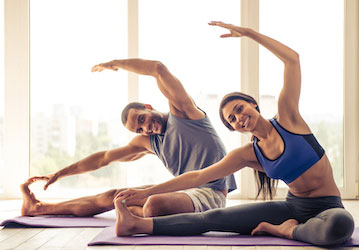
Practice yoga to improve physical fitness and mental fitness
4.6 (373) In stock

4.6 (373) In stock
Yoga is a mind-body activity that uses a series of postures, breathing techniques, and relaxation practices to promote spiritual, mental, and physical health. There are many different types of yoga, each with a different focus—from overall health, to healing, to fitness, and even those that focus on sensuality. Sometimes called a “meditative-movement,” practicing yoga can improve many different aspects of health and be a powerful tool to optimize your performance. Yoga and physical fitness Yoga has preventative and healing benefits for both mind and body. From a physical perspective, practicing yoga regularly can help improve most physical functions, including muscular strength and endurance, mobility and flexibility, and hormone regulation. Yoga can even reduce inflammation associated with chronic health conditions such as obesity, heart disease, and various forms of cancer. Yoga can also be an effective way to help manage chronic pain conditions. Chronic pain—pain that doesn’t go away or get better in at least 12 weeks—is often not due to a physical injury. Instead, it’s more like a “malfunctioning alarm system,” where much of the pain—both generated and perceived—comes from the same areas of the brain that control emotion and motivation. Mental health conditions such as depression and anxiety often occur at the same time as chronic pain, creating a vicious cycle where the physical pain and mental health condition feed and intensify each other. In a large study of the American population, more than half of people surveyed reported that yoga, tai chi, or qigong (another meditative martial art) helped them manage their pain, depression, or anxiety. Yoga, mental fitness, and stress reduction Practicing yoga has been reported to improve symptoms of depression, sadness, and anxiety. It can also improve emotional regulation and reduce stress. Yoga offers you a chance to slow down and reconnect with your physical and mental reactions to stress, which in turn can give you more of an opportunity to manage your body’s (and mind’s) responses. Yoga by itself will not cure these conditions. But reducing the symptoms can help open the door for other complementary treatments to be more effective. Tips to get started Whether you’re a beginner or an expert, here are some tips for effective yoga practice: Go slowly. If you’re practicing in the morning, take your time and ease into the positions so your body can warm up. Listen to your body. If you feel pain or “overstretching,” stop. You’ve reached your “full expression.” If you’re having a hard time or breathing problems, move into Corpse Pose: Lie flat on your back with your hands facing upwards until you feel better. Watch and learn. If you’re a beginner practicing alone, it might help to look at some videos first and become familiar with the various moves. If you think you’d like to do more, try finding a class that’s appropriate for your level. Ask your healthcare provider or a yoga instructor. Discuss the different types of yoga, so you can choose what’s right for you. This is especially important for those with heart conditions, older adults, and women who are pregnant. Give yoga a try! There are many different forms of yoga, so depending on what you want to get out of it, there should be something for you to try. Below are a few short exercises to help you explore your yoga interests. No matter what motivates your health or performance goals, you can benefit from HPRC’s video series on yoga sequences that target different goals. Challenge Yoga This activity can help strengthen your core, increase flexibility, and relieve stress through a number of poses. Challenge Yoga with Weights This sequence combines light weights with challenging poses to reduce stress and increase muscle strength, endurance, and flexibility. Calming Yoga This exercise helps activate the relaxation response in your mind and body by combining gentle yoga poses, breathing, and mindful awareness. Balancing Yoga This routine focuses on breathing to help energy flow evenly throughout your body. Bonus activity: Introduce your family to yoga Do you have kids? If you enjoy these short exercises, consider introducing yoga to your family, especially your children. Start learning about the practice together, and make it part of your family fitness routine. Yoga can be a powerful physical and mental health booster for children and can help them build the emotional management skills they’ll need as adults. Specifically, yoga can improve sleep, reduce anxiety and hyperactivity in children, increase resilience, and promote anger management. It also can help with balance and flexibility, and it’s a fun way to get your kids moving. About 1 in 12 children have been introduced to or practice yoga, so your kids might have a head start already. |Practice yoga to improve physical fitness and mental fitness

What Science Can Tell Us About the Mental Benefits Of Yoga – The
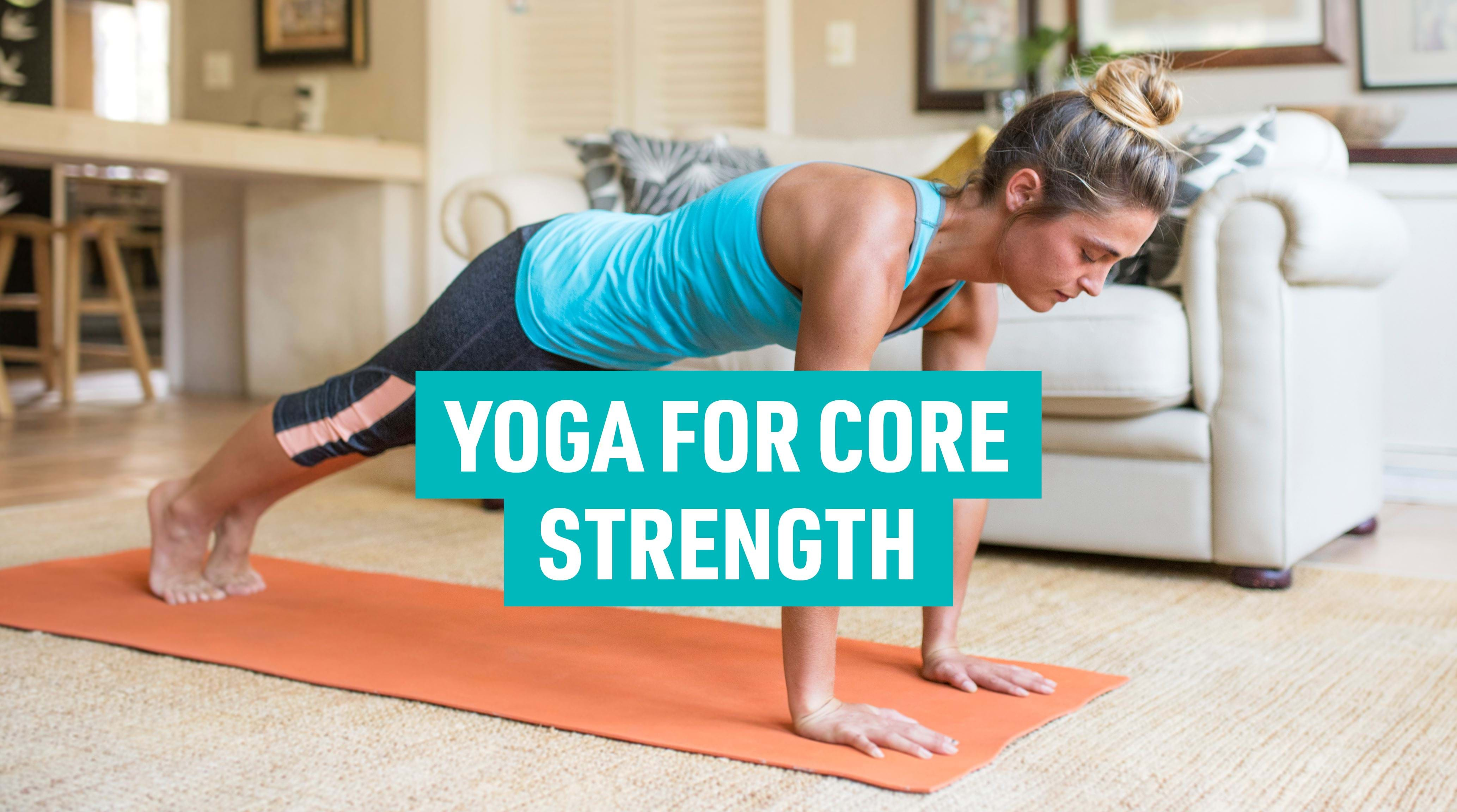
Yoga for Core Strength: Building a Strong Foundation
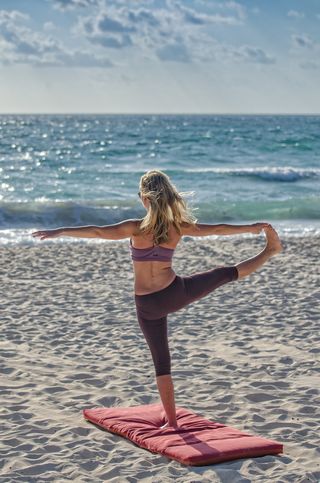
5 Ways Yoga Can Benefit Your Mental Health
:max_bytes(150000):strip_icc()/Health-Stocksy_txp21856698W5h300_Medium_4329119-6861a908fb5346bea17dd46915bfe3c4.jpg)
7-Day Workout Routine: Strength and Cardio
ADVet HOMME
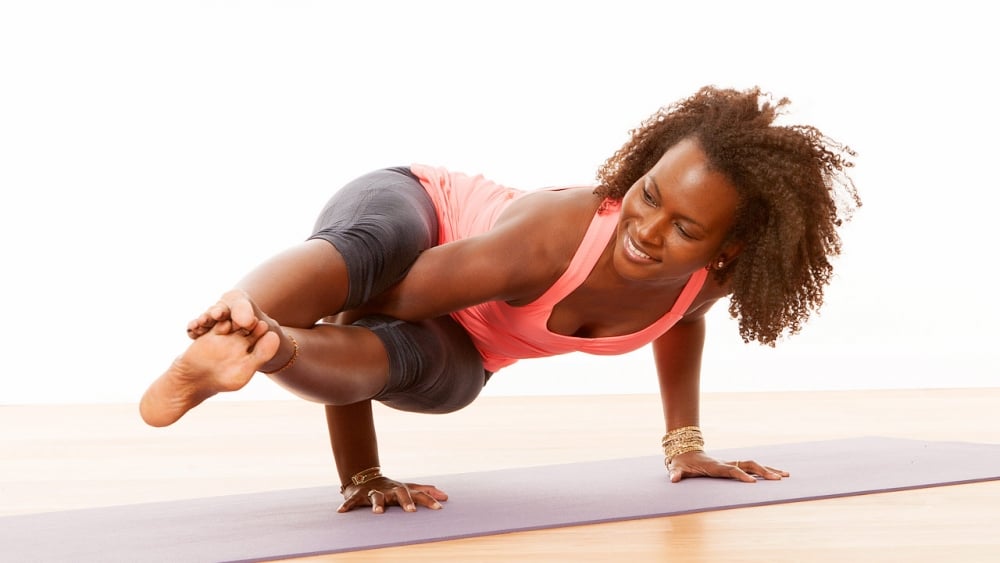
Yoga for strength - Ekhart Yoga

All About Yoga: Poses, Types, Benefits, and More

The best yoga poses for mental health - Healthy Mummy Wellness
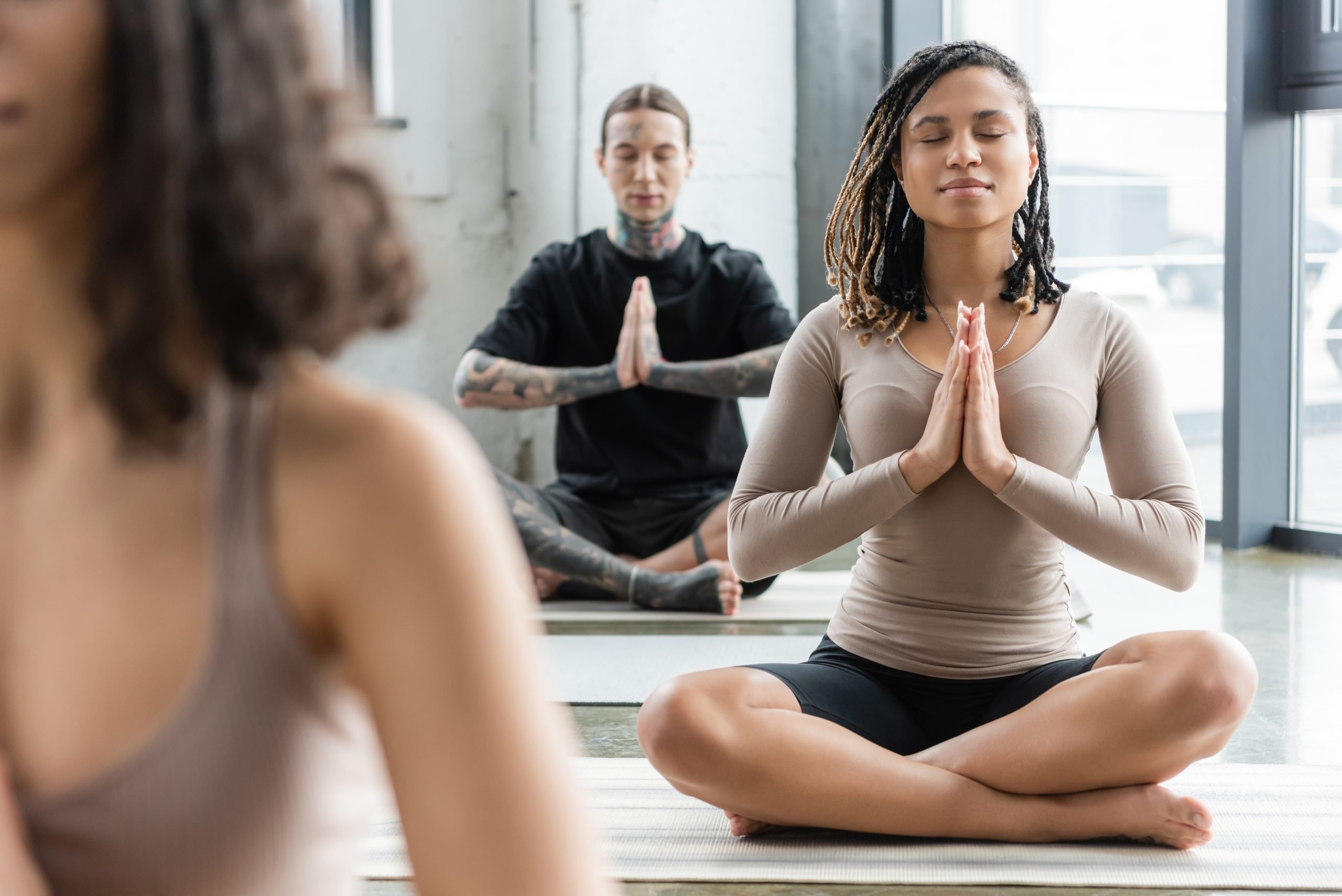
Fitting Yoga Into Your Mental Wellness Practice - Beverly Hills

5 Yoga Exercises for Meditation and Mindfulness - News18
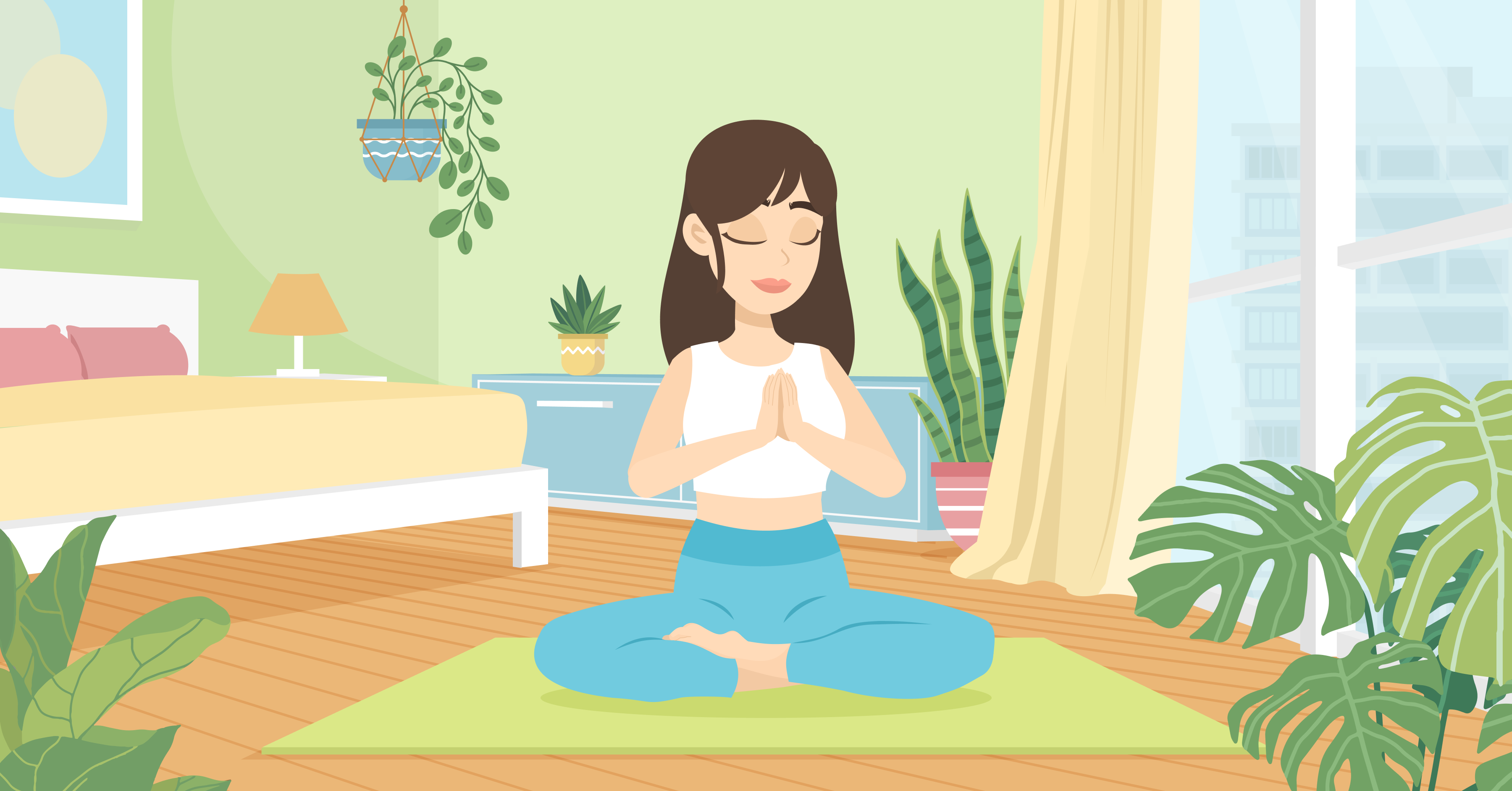
MyPharma 3 Ways to Improve Your Mental Fitness
:max_bytes(150000):strip_icc()/RS_YogaExercises_Stress_4-038e61ee0b86420c82defb679cde2bef.jpg)
7 Yoga Poses for Stress Relief

The Mind-Body Connection: How Practicing Face Yoga Can Improve
:max_bytes(150000):strip_icc()/mental-health-exercise-GettyImages-1343607656-a4e4d66b232a46af8593c89ab6faf466.jpg)
Study: 10 Minutes of Moderate to Vigorous Exercise Can Boost Brain

Yoga as Exercise and Not a Spiritual Practice